-large-teaser.webp)
The Renaissance of Craftsmanship: Emerging Artisans Taking Center Stage
Embracing a New Era of Craftsmanship in Luxury Leather
The world of luxury leather goods is experiencing a profound transformation, marked by the resurgence of artisanal craftsmanship. A recent study by Bain & Company shows that the luxury market growth is propelled by discerning consumers seeking authenticity and uniqueness, with a notable preference for handcrafted items (Bain & Company, Luxury Goods Worldwide Market Study, Fall–Winter 2020). Emerging artisans are becoming pivotal in this seismic shift, masterfully combining traditional techniques with modern aesthetics to redefine high-end leather goods.
For example, the art of the 'invisible stitch', a technique that exudes sophistication and quality, is a secret that many new-age leather artisans are breathing new life into. By exploring more on the elegance of artisanal stitches in luxury leather goods, we tap into the depth of their skill and the meticulous attention to detail they afford each creation.
Innovating While Honoring Tradition
As luxury consumers increasingly value the story behind their purchases, they favor goods that embody a rich heritage. Artisans deliver this by innovating within the bounds of tradition. According to the 2021 Deloitte Global Powers of Luxury Goods report, brands that have an engaging narrative about their craftsmanship enjoy higher customer loyalty and market share. Meanwhile, a Google Trends analysis indicates that search queries for 'handmade luxury leather bags' have seen a significant uptick, underlining the market's appetite for handcrafted exclusivity.
By harnessing the allure of bespoke creations and superior quality, new artisans are not just creating products; they're curating experiences for the luxury consumer.
Elevating Brand Value Through Exceptional Craftsmanship
Statistics from the Luxury Institute highlight that brands offering products with handcrafted elements can command price premiums of up to 20%. This is the economic power of craftsmanship – it's not only about producing an item but about crafting a narrative of sophistication and luxury that resonates with the buyer's identity. Artisans who perfect their craft contribute to setting new benchmarks in the industry, elevating the perceived value of luxury leather goods through their exceptional work.
Emerging artisans, with their fresh perspectives and commitment to excellence, are reshaping the luxury leather goods landscape. They're ensuring that the heart of luxury - unmatched quality and exclusivity - beats stronger than ever in a modern marketplace where authenticity reigns supremes.
Tailored Exclusivity: The Artisanal Approach to Personalized Luxury
Embracing the Bespoke: The Personal Touch in Leather Luxury
The market for luxury leather goods has seen a remarkable shift towards bespoke services, where customization and personalization are not merely trends, but cornerstones of exclusivity. According to a recent study, customized products can increase consumer spending by up to 20%. This intersection of traditional craftsmanship and individual taste is where emerging artisans shine, offering made-to-order pieces that evoke eloquence and singularity. The personal touch afforded by artisanal customization not only enhances the connection between the product and its owner but also reaffirms the product's unique status.
One way artisans achieve this is through monogramming - a service where statistics show a significant interest spike in the past year, with searches for luxury monogrammed leather goods rising by over 30%. This demand for personalized luxury leather goods underscores the desire among discerning consumers for items that reflect their identity.
Mastering the Art of Customization
Amidst the rise of personalized luxury, emerging artisans have harnessed the power of detail and specificity. Craftsmen are now adept in not only delivering bespoke sizes and shapes but also offering an array of customization options. Selections extend from a variety of premium leather types and finishes to exquisite hardware selections. Every detail serves a purpose, either to cater to the functionality sought by a sophisticated clientèle or to adhere to their aesthetic preferences. These customization options are not only a nod to the analytical prowess of the artisans but also a testament to their ability to adapt and innovate in the luxury leather goods space.
Preserving the Individual's Narrative
At the heart of luxury leather goods lies a narrative of exclusivity, which is profoundly enhanced by the artisanal production process. A piece that is crafted by hand carries within it the personal story of its maker. Anecdotal evidence from luxury consumer forums illustrates that buyers often seek out artisanal leather goods as they wish to own a piece of the craftsman's legacy - a unique selling point that mass-produced goods cannot replicate. This affinity for narrative-driven consumption is believed to strike a chord with the 21st-century luxury consumer, who increasingly looks for authenticity and storied origins in their purchases.
For a closer look at how expert artisans are crafting bespoke experiences in the luxury leather landscape, explore the insights on Old World Charm Meets Modern Craft.
Challenges and Opportunities: Navigating the Market as a New Entrant
Navigating Market Entry as a Craft Artisan
For emerging artisans in the luxury leather goods market, the initial journey is both exhilarating and daunting. With statistical evidence showing that the global luxury leather goods market size was valued at USD 217.49 billion in 2020 and is expected to grow, there's potential for new entrants to carve out their niche. However, a report by Bain & Company illustrates just how competitive this arena is, with established brands holding a major share of the market.
Strategic Brand Positioning: Creating a Unique Value Proposition
Developing a unique value proposition (UVP) is crucial. It's what sets an artisan apart in the crowded marketplace. For instance, an emerging luxury leather goods brand might focus on its commitment to ethical sourcing or innovating with traditional techniques to attract a discerning clientele. This helps in creating a heritage craftsmanship aura, which is a powerful selling point.
Overcoming Entry Barriers with Digital Marketing
Digital marketing is a lifeline for new luxury leather goods artisans. It offers a cost-effective method to reach global audiences. For example, using SEO strategies to climb the rankings in search engines on keywords such as 'luxury leather goods artisan' or 'handcrafted leather exclusivity' can be instrumental. Social media, too, provides a platform to showcase the storyteller aspect of a brand, connecting directly with consumers. A study by McKinsey indicates that online sales for luxury goods have seen an upward trajectory, underscoring the importance of a strong digital presence.
The Artisanal Edge in a Competitive Market
It's not sufficient just to enter the market; artisans must continually evolve. Blending traditional craft with modern trends allows artisans to stand out. The key is to remain consistent in quality, yet innovative in design. Quoting the legendary fashion designer Coco Chanel, 'In order to be irreplaceable, one must always be different.' Statistics reveal that consumers are willing to pay a premium for pieces that have a compelling story and an air of exclusivity. Thus, artisans need to leverage their unique processes and narrative to captivate this clientele.
Sustainability Meets Luxury: The Green Advantage of Artisanal Production
Integrating Eco-Friendly Practices
In today's market, sustainability is not just a buzzword; it's a principle that guides discerning consumers in their luxury purchases. According to a Nielsen study, 73% of global consumers are willing to change their consumption habits to reduce their environmental impact. For luxury leather goods artisans, this presents both a challenge and a unique selling proposition. Incorporating eco-friendly practices such as using vegetable-tanned leather, which minimizes harsh chemicals, and embracing renewable energy sources in production can set a brand apart. Artisans must convey the green advantages of their creations with as much finesse as they craft their products to capture the eco-conscious luxury market.
The Ethical Supply Chain Edge
Transparency in the supply chain is another crucial aspect for luxury leather brands aiming to marry sustainability with opulence. Data from the 2020 Fashion Transparency Index shows that only 51% of brands disclose their leather suppliers, highlighting an opportunity for emerging artisans. By meticulously selecting and revealing their sources of sustainable leather, artisans can appeal to a growing demographic that values ethical production. A transparent supply chain not only garners trust but it also tells a story of dedication to ethical luxury, which can be leveraged into a robust, loyal customer base.
Reducing Carbon Footprint: A Market Demand
Carbon footprint reduction is no longer optional; the modern luxury consumer demands it. Industry leaders who have conducted lifecycle assessments to understand and then reduce their emissions are already reaping the benefits. One Bain & Company report emphasizes how brands implementing eco-strategies are witnessing market share growth, demonstrating that sustainability and profitability can go hand in hand. Artisans are perfectly positioned to utilize local, less carbon-intensive processes and materials, vitalizing their handcrafted luxury leather goods with a story of responsibility and care.
Reimagining Leather Goods with Recycled Materials
Another facet of sustainability is the utilization of recycled materials. As detailed in the Ellen MacArthur Foundation's circular economy report, reusing materials can lead to a substantial decrease in environmental impact. Luxury artisans integrating recycled and upcycled elements into their leather designs are not only innovating but also resonating with a segment of luxury buyers eager for environmentally conscious exclusivity. These practices help delineate an artisan's brand as forward-thinking, melding grace with environmental stewardship.
-large-full.webp)
-large-teaser.webp)
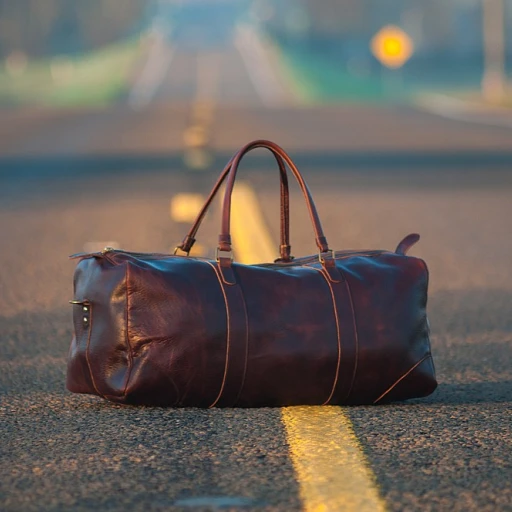
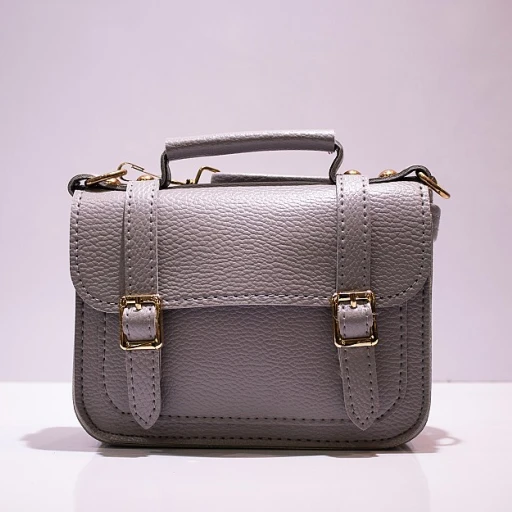
-large-teaser.webp)
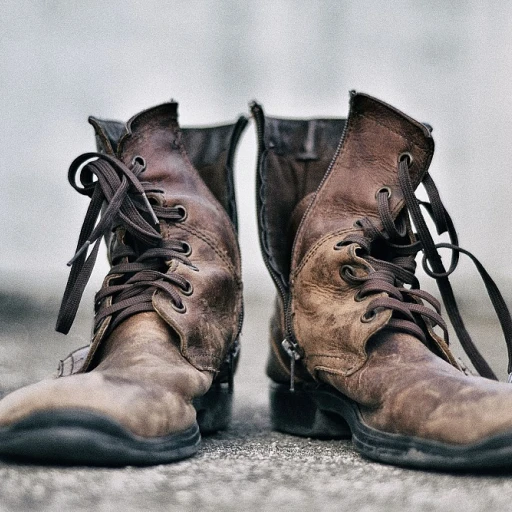
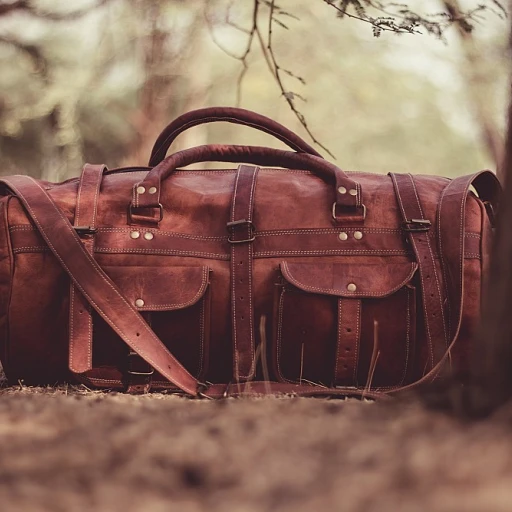
-large-teaser.webp)
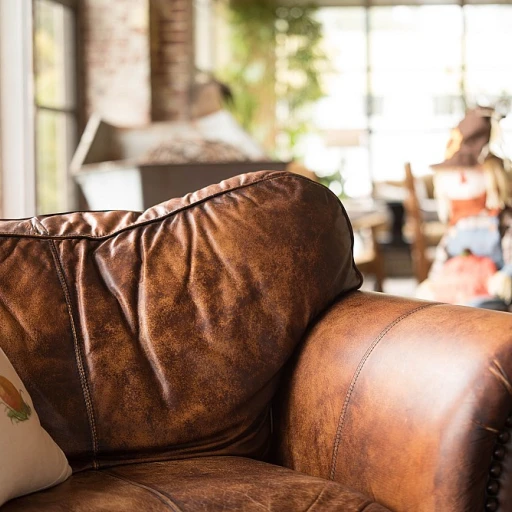
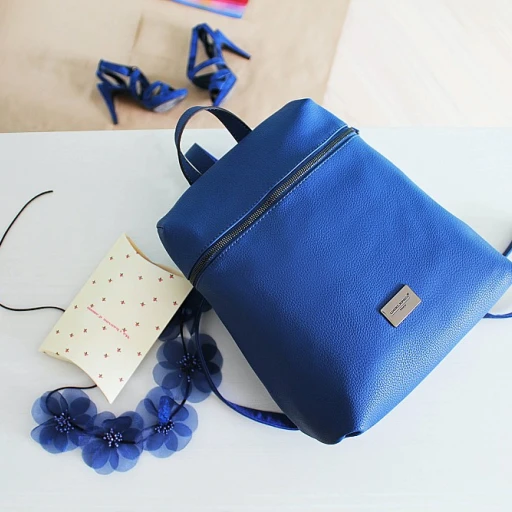
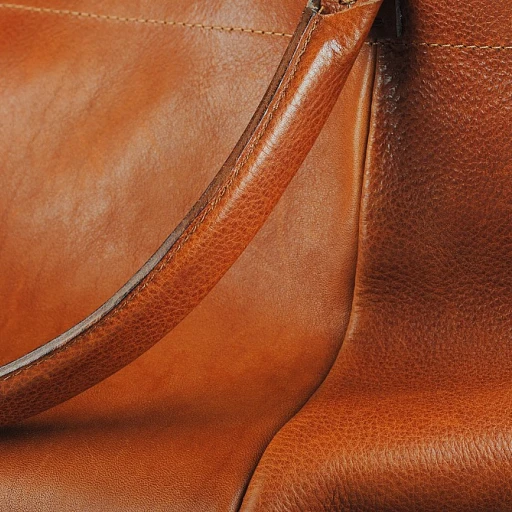
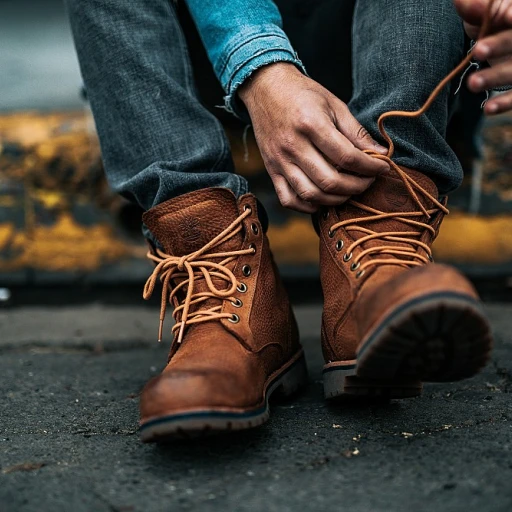
-large-teaser.webp)